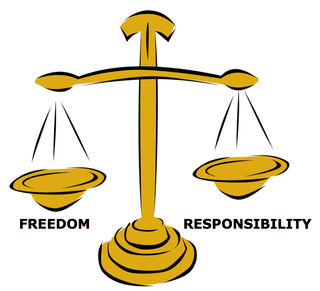By Hilary Asquith –Kawakawa head teacher
Recently I listened to a lecture by Laurie Ewert-Krocker, Director of the International Montessori Training Institute, in which she explained the many characteristics of adolescent development and the needs of the adolescent to reach maturity with confidence and become fully functional within the world. The lecture outlined how difficult a time of transition adolescence really is. Montessori acknowledged this turbulence through her writings about the third plane of development. There is a commonality of the adolescent experience of feeling both vulnerable and hesitant and a tendency to focus on the self and the role of themselves within the group. Ewert-Krocker says “it is easy to forget that we are dealing with an organism moving towards maturity…to get caught up in the focus of academic performance and success rather than our roles in supporting them to maturity and the social experience.” Adolescents need opportunities to grow and develop their personal perspectives, empathy and interconnectedness within the social framework of society.
Moral development is fundamental in Montessori pedagogy. Montessori’s belief was that humans have a capacity that is wondrous. Much of Montessori education is about making sure that moral character develops alongside the academic work.
“For success in life depends in every case on self-confidence and the knowledge of one’s own capacity and many-sided powers of adaptation. The consciousness of knowing how to make oneself useful, how to help mankind in many ways, fills the soul with noble confidence.” (From Childhood to Adolescence Montessori-Pierson p. 60)
Adolescents need multiple adults to study, build relationships with and have opportunities to hear different perspectives from. There is a gradual move away from their parents and a desire to connect with the worldview of others. Through the sharing of stories and growing their understanding of others, we grow their awareness of themselves and help them discover their place in the world. The need for positive role models and mentors is therefore paramount in this stage of development –
“because adolescence is the age when the child becomes man, which is to say a member of society.” (Montessori From Childhood to Adolescence, Schocken p. 96)
The work of the community is to ensure that our young people are surrounded by plentiful opportunities to engage with the world around them and provide mentors that will positively impact these developing minds. To not collectively work together to support this moral growth during this period of development would be a great loss to the future of humanity. It plays into the old adage that it takes the villages to raise the child. As Montessori said, adolescents are:
“the human energy on which the future depends” and we “must have the greatest respect for the young personality, realising that in the soul of the adolescent- great values are hidden… there lies all our hope of future progress and the judgment of ourselves and our time.” (Montessori From Childhood to Adolescence Schoken p. 112)
